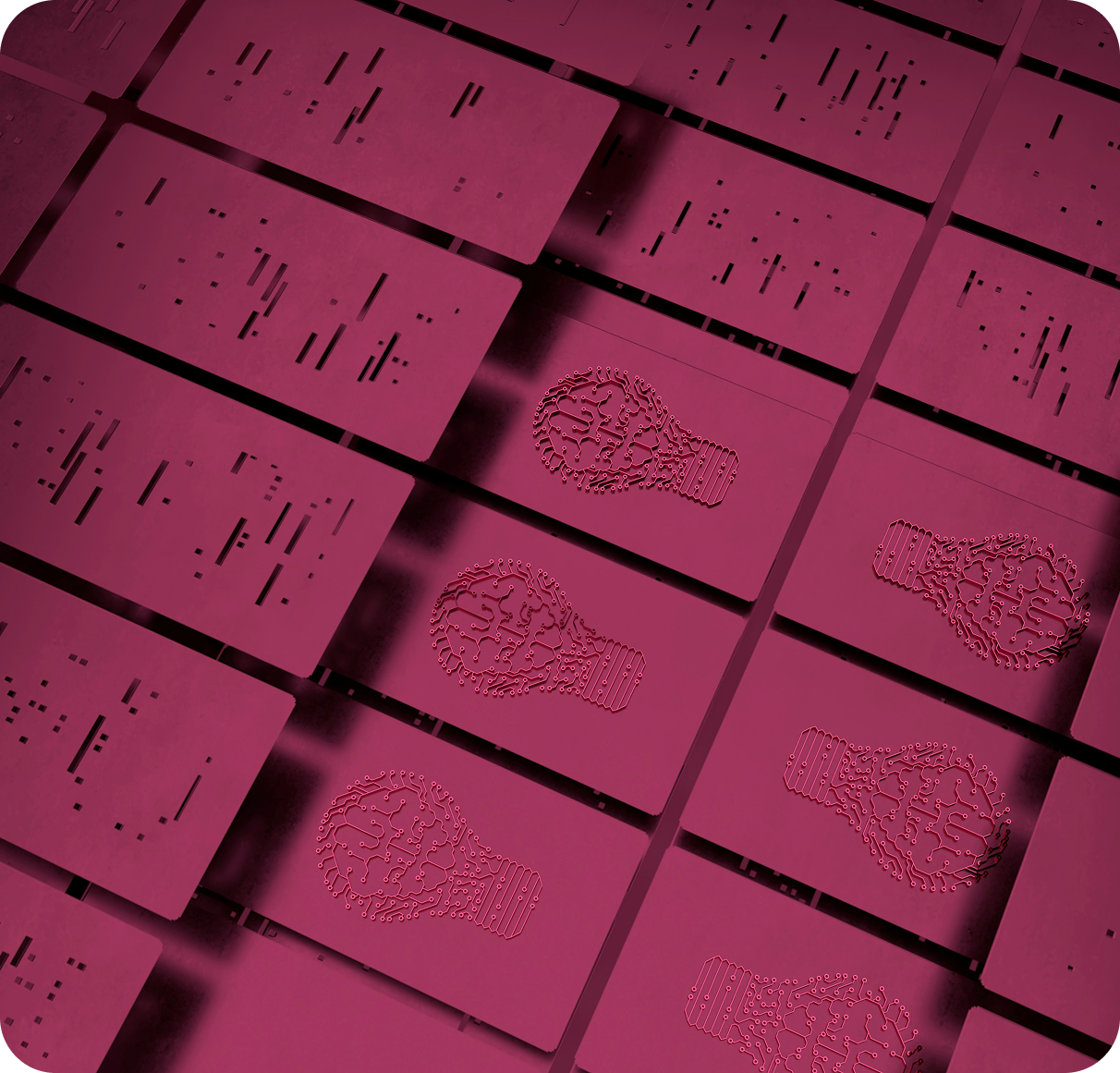Post-Quantum Cryptographic Algorithms
Post-quantum cryptographic algorithms are designed to remain secure even when adversaries have access to quantum computing capabilities. These algorithms are intended to replace or augment widely deployed public-key cryptography, helping protect encrypted data, digital identities, and secure communications over long time horizons.
Hybrid Cryptography for Gradual Transition
Hybrid cryptography combines classical and quantum-safe algorithms to support a phased transition strategy. This approach allows organizations to introduce quantum resistance while preserving interoperability with existing systems, reducing disruption during migration.



